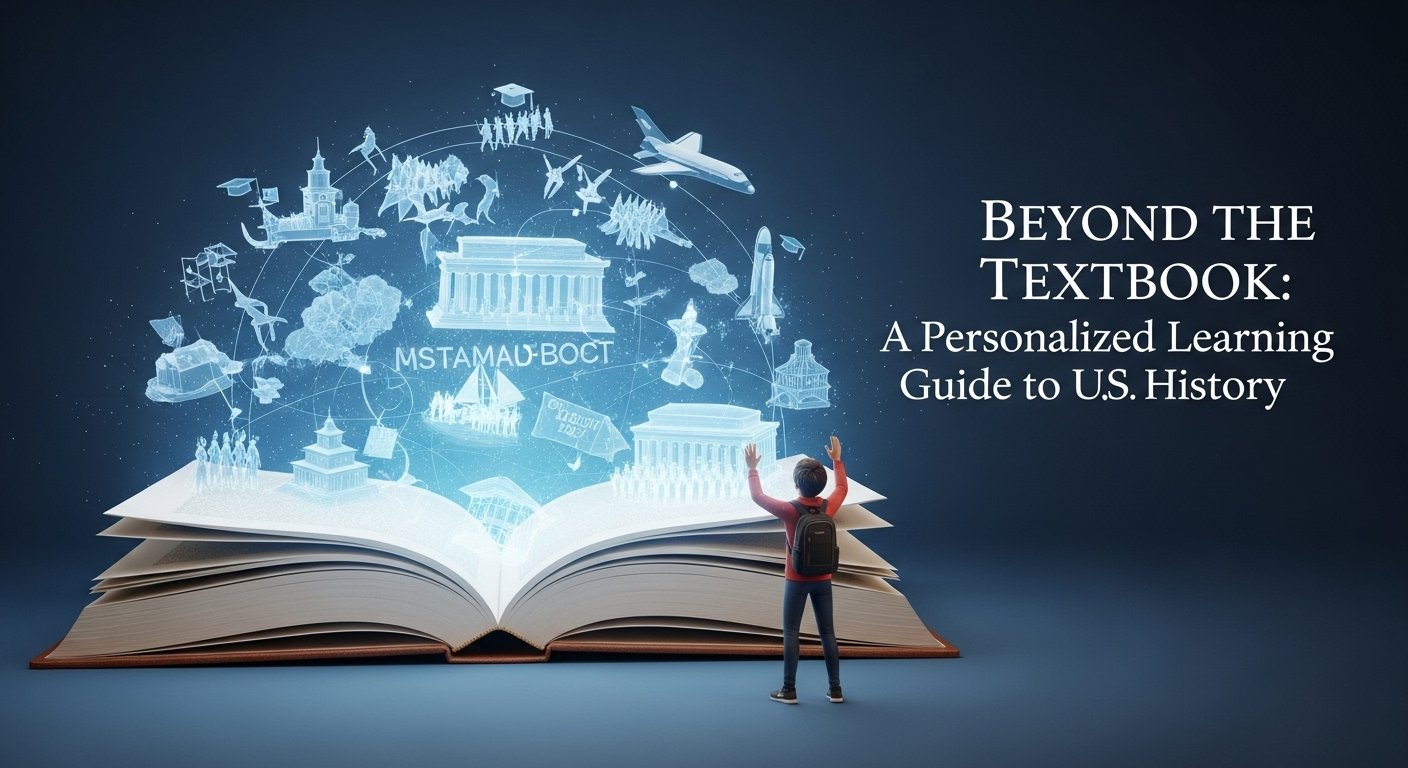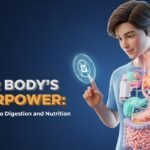Beyond the Textbook: A Personalized Learning Guide to US History’s Biggest Milestones
Let’s be honest, we’ve all been there: slumped in a history class, the clock ticking backwards, trying to memorise a blizzard of dates, names, and battles for a test that’s 90% multiple-choice. For generations, this has been the standard experience of learning history. It was a passive, one-size-fits-all affair that often left us feeling that history was a dusty, settled thing—a collection of facts to be memorised, not a story to be explored. But what if we could change that? What if every student could become a historical detective, a storyteller, a strategist, or an artist, finding their own unique path into the past? This is the transformative promise of Personalized Learning.
In today’s dynamic educational landscape, Personalized Learning is revolutionising the way we teach and learn subjects that were once seen as static. And nowhere is this shift more exciting than in the study of US history. Instead of force-marching every student down the exact same timeline, this approach empowers them to engage with key historical milestones based on their own interests, skills, and questions. It’s about trading rote memorisation for active inquiry and turning the history classroom into a vibrant laboratory for understanding the present. This is your guide to some of the most crucial milestones in US history, reimagined through the powerful lens of Personalized Learning.
Why Rote Memorisation is a Thing of the Past
The traditional history class model was built for a different era. It often presented a single, top-down narrative, unintentionally silencing the diverse voices and perspectives that truly make up the American story. When every student reads the same chapter and answers the same questions, we’re not fostering critical thinking; we’re training for compliance.
Personalized Learning shatters this outdated model. It’s a pedagogical approach that tailors instruction to individual students’ needs, strengths, and interests. It’s not just about letting students use computers; it’s about providing them with a voice and choice in their educational journey. In a history context, this means empowering students to “think like historians”—to analyse primary sources, question narratives, and construct their own understanding of the past.
The Traditional History Class vs. The Personalized History Lab
The difference in the classroom environment is night and day. We move from a quiet, teacher-centric room to a buzzing, student-driven laboratory of ideas.
| Feature | Traditional History Class | Personalized Learning History Lab |
| Primary Source | The textbook. | A wide array of primary sources (letters, photos, newsreels, data). |
| Teacher’s Role | Lecturer (“Sage on the Stage”). | Facilitator and guide (“Guide on the Side”). |
| Student’s Role | Passive note-taker and memoriser. | Active researcher, creator, and critical thinker. |
| Assignments | Uniform (everyone writes the same essay). | Varied and choice-based (podcasts, documentaries, websites, debates). |
| Goal of Study | To know the “what, where, and when.” | To understand the “how and why” and connect it to the present. |
Manage Student Loans with Online Learning Tips
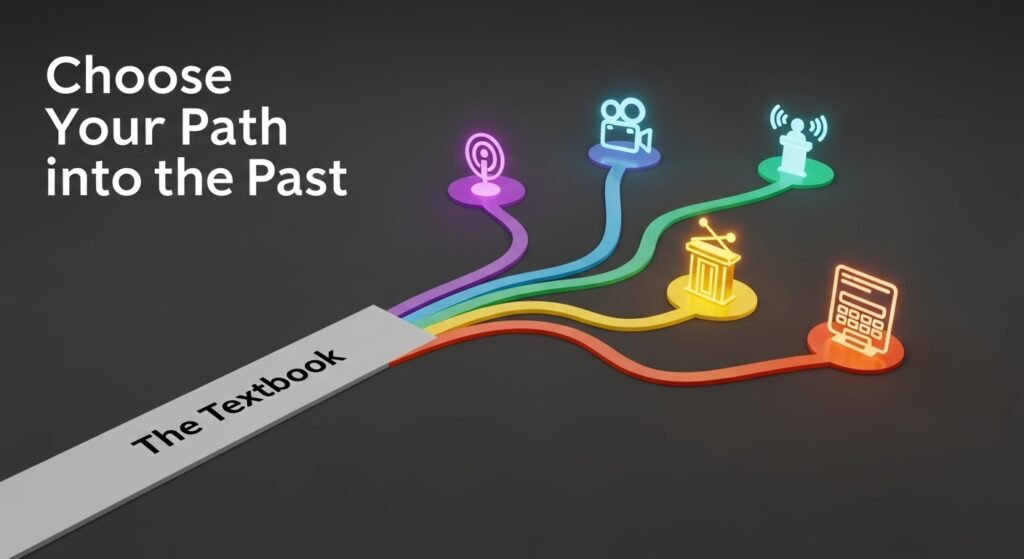
The Milestones Reimagined: Personalized Learning Pathways
Here’s how we can take some of the most pivotal moments in US history and blow them wide open with Personalized Learning pathways. For each milestone, instead of one assignment, imagine students choosing the path that most excites their curiosity.
1. The American Revolution (1775-1783)
This is the origin story of the United States, a complex tale of ideals, conflict, and radical change.
- The Debater’s Pathway: Go beyond “Patriots good, British bad.” Research the complex and often sympathetic arguments of the Loyalists. Stage a formal debate on the question: “Was the American Revolution avoidable?” This teaches perspective-taking and argumentation.
- The Strategist’s Pathway: Choose a pivotal battle like Saratoga or Trenton. Using interactive mapping tools, create a detailed analysis of the military strategies, troop movements, and geographical factors that led to the outcome. This appeals to logical and spatial thinkers.
- The Writer’s Pathway: Analyse the power of propaganda and persuasion. Do a deep dive into Thomas Paine’s Common Sense or the language of the Declaration of Independence. Write your own persuasive pamphlet from the perspective of a colonial farmer or merchant.
- The Artist’s Pathway: Study the famous paintings of the era, like John Trumbull’s Declaration of Independence. Deconstruct the artwork: who is included, who is left out, and what message was the artist trying to send?
2. The Civil War and Reconstruction (1861-1877)
This is arguably the most defining and challenging period in US history, a time of immense division and profound transformation.
- The Storyteller’s Pathway: Use primary sources like slave narratives or soldiers’ letters from the National Archives to create a podcast episode or a first-person monologue. This brings a powerful human element to the epic historical narrative.
- The Data Scientist’s Pathway: This is a fantastic application of Personalized Learning for STEM-minded students. Analyse economic and demographic data from the 1860s. Create infographics that visually represent the stark differences in industrial output, railroad mileage, and population between the Union and the Confederacy.
- The Legal Analyst’s Pathway: Do a deep dive into the Reconstruction Amendments (13th, 14th, and 15th). Create a presentation that not only explains what they said but also analyses their immediate impact and the ways their promises were later undermined, setting the stage for the next century of civil rights struggles.
3. The Industrial Revolution & The Gilded Age (Late 19th Century)
A period of massive technological innovation, economic growth, and staggering social inequality.
- The Engineer’s Pathway: Choose a transformative invention of the era—the telephone, the Bessemer process for steel, or the incandescent light bulb. Research the science behind it and create a presentation or even a simple working model that explains its function and its impact on society.
- The Social Activist’s Pathway: Explore the dark side of the Gilded Age. Research the rise of the labour movement, the harsh conditions of factory workers, and pivotal events like the Haymarket affair or the Pullman strike. Create a “reporter’s notebook” from the perspective of an undercover journalist like Nellie Bly.
- The Biographer’s Pathway: Tell the story of this era through the eyes of an individual. This could be a famous “robber baron” like Andrew Carnegie, an inventor like Thomas Edison, or, for a more profound story, a fictionalised account of an immigrant family passing through Ellis Island and settling in a New York City tenement.
Manage Student Loans with Online Learning Tips
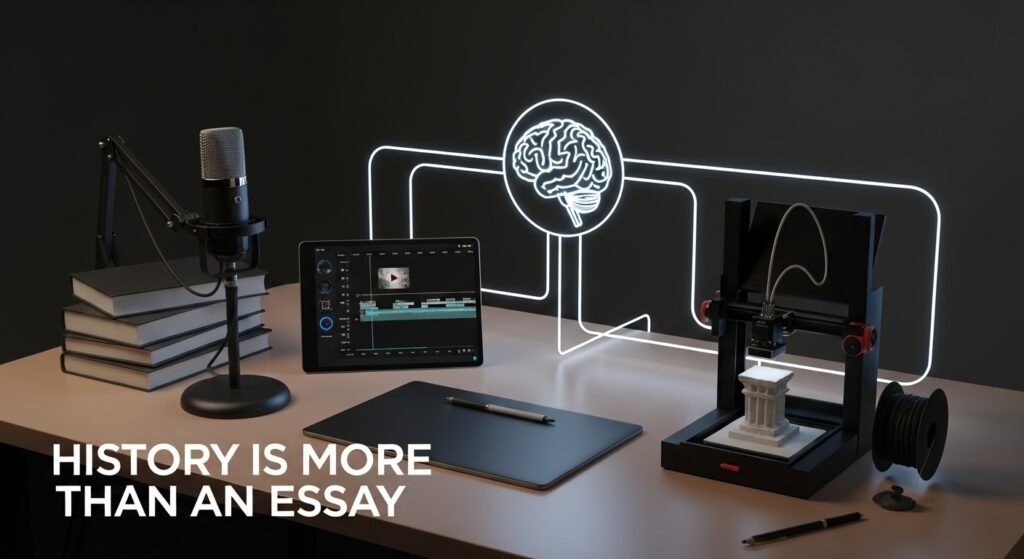
4. The Civil Rights Movement (1950s-1960s)
A powerful story of grassroots activism, moral courage, and the fight for the soul of America.
- The Filmmaker’s Pathway: Use the vast archives of public domain newsreels and photographs to create a short documentary on a specific event, like the Freedom Rides or the Birmingham Children’s Crusade. This project develops research, storytelling, and digital media skills.
- The Community Organizer’s Pathway: Go beyond the famous leaders. Research the strategies and structure of grassroots organisations like the Student Nonviolent Coordinating Committee (SNCC). Create a presentation on the power of sit-ins, voter registration drives, and community organising as tools for social change. Resources from the King Institute at Stanford are invaluable here.
- The Artist’s Pathway: Analyse the culture of the movement. How did music (spirituals, folk songs) and visual art (protest signs, photography) play a role in building solidarity and communicating the movement’s message to the world? Curate a virtual museum exhibit showcasing the art of the Civil Rights Movement.
5. The Digital Revolution (Late 20th Century – Present)
Students today are digital natives, which gives them a unique perspective on a historical revolution they are still living through.
- The Coder’s Pathway: What better way to learn the history of the internet than by building a piece of it? Using basic HTML/CSS, create a simple, “90s-style” website that explains the history and function of ARPANET, the World Wide Web, and the first web browsers.
- The Sociologist’s Pathway: This Personalized Learning track is perfect for critical thinkers. Write a research paper or create a video essay on how social media has fundamentally changed political discourse, social movements, and human interaction, comparing it to the impact of the printing press or the television.
- The Entrepreneur’s Pathway: Study the rise of tech giants like Apple, Microsoft, or Google. Create a business-style presentation that analyses the innovation strategies, corporate culture, and ethical challenges of one of these companies, treating them as historical subjects.
STEM Careers in Future of Work for Graduates
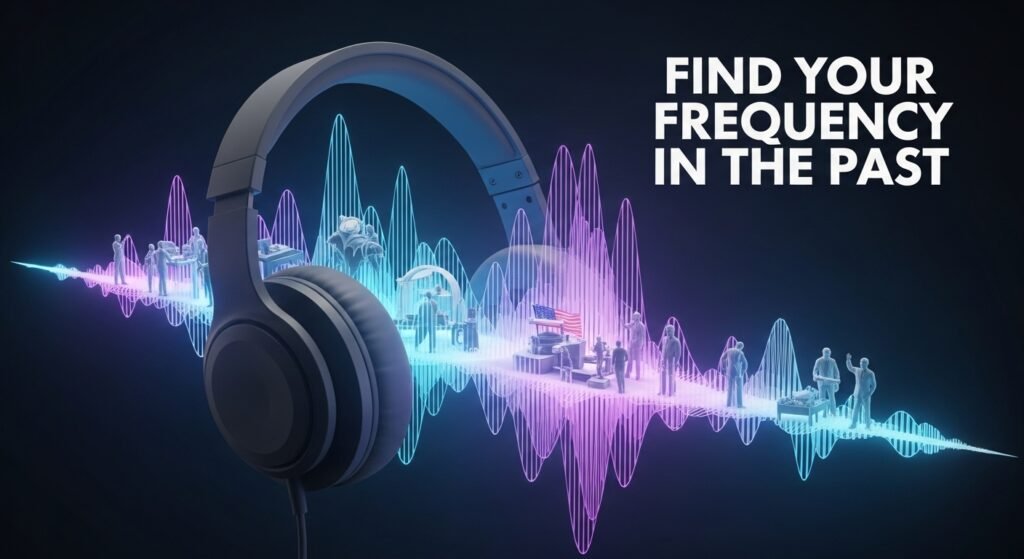
A Personal Story: The Podcast That Made History Click
I once had a student, “Sam,” who was convinced he hated history. He was bright and funny, but he would just shut down during lectures. He was, however, obsessed with true crime podcasts.
When we got to our unit on the 1970s, I gave the class a Personalized Learning project menu. Sam’s eyes lit up when he saw “Create a podcast series on the Watergate scandal.” For the next three weeks, he was a different student. He dove into archival audio of the congressional hearings. He researched the key players, treating them like characters in a drama. He taught himself basic audio editing.
The final product was incredible. It was a three-part investigative podcast series that was better researched and more engaging than any essay he could have written. He didn’t just learn the facts of Watergate; he understood the suspense, the moral complexity, and the constitutional crisis. By connecting the subject to his passion, he didn’t just complete a project; he became a historian.
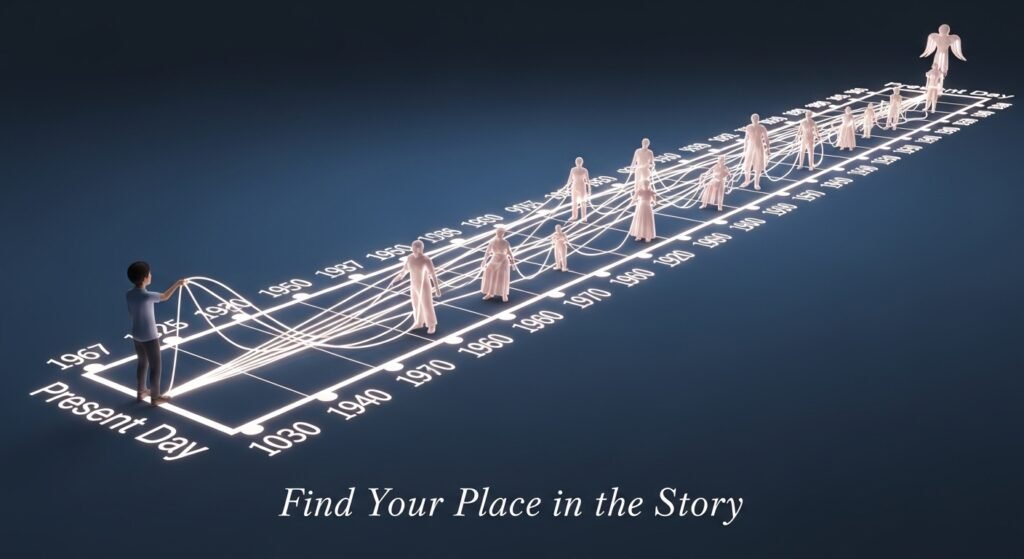
Conclusion: Finding Your Place in the Story
US history is not a monolithic, settled narrative. It is a vast, complex, and often contradictory story with millions of different entry points. The beauty of Personalized Learning is that it honours this complexity. It empowers every student to find the entry point that sparks their curiosity, to follow the questions that matter to them, and to connect the grand sweep of the past to their own, individual present.
By trading the single, dusty textbook for a library of diverse sources, and the single, uniform essay for a menu of creative possibilities, we don’t just create better history students. We create more engaged, more curious, and more thoughtful citizens, ready to write the next chapter of the American story.
Which US history milestone would you want to explore first with a personalized project, and what kind of project would you create? Share your ideas in the comments below!

